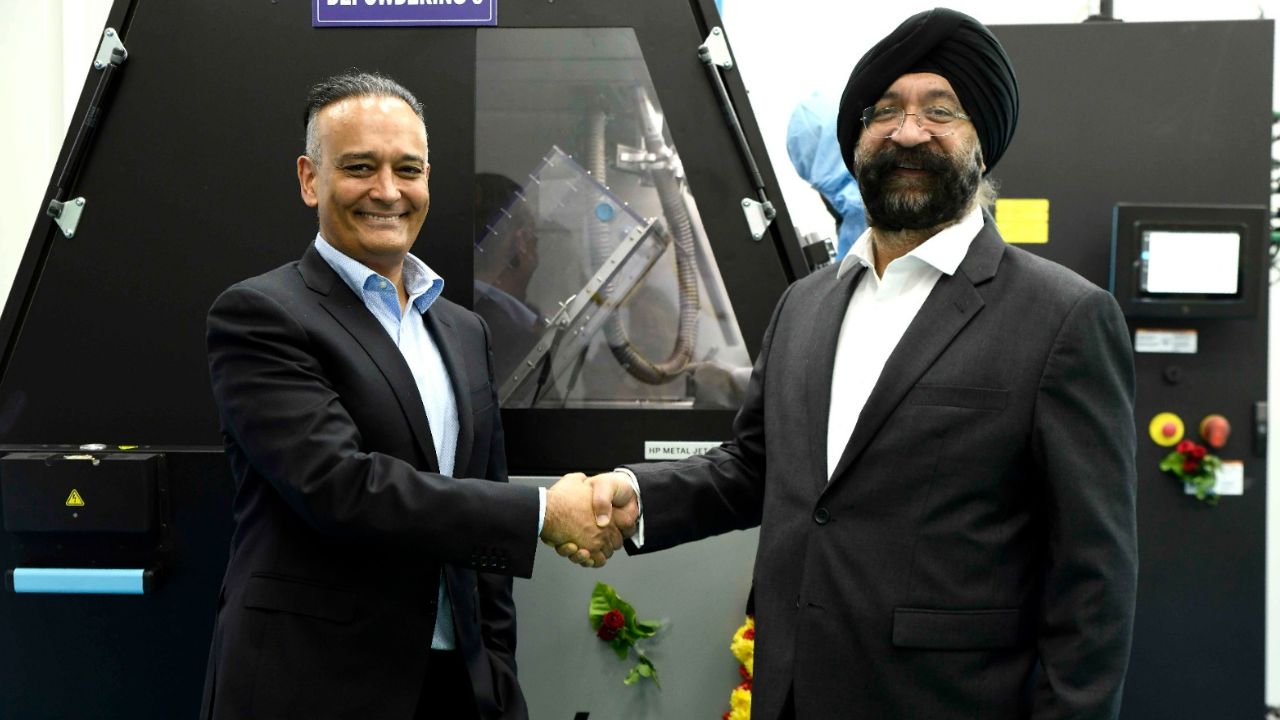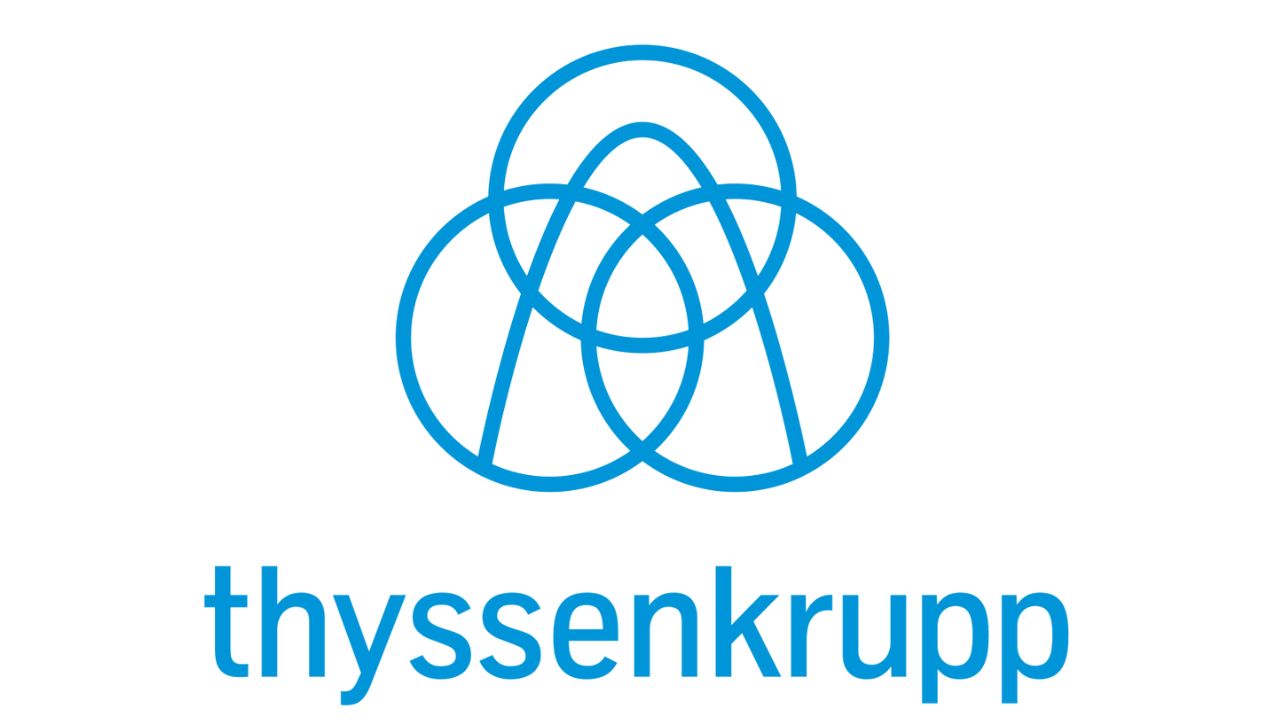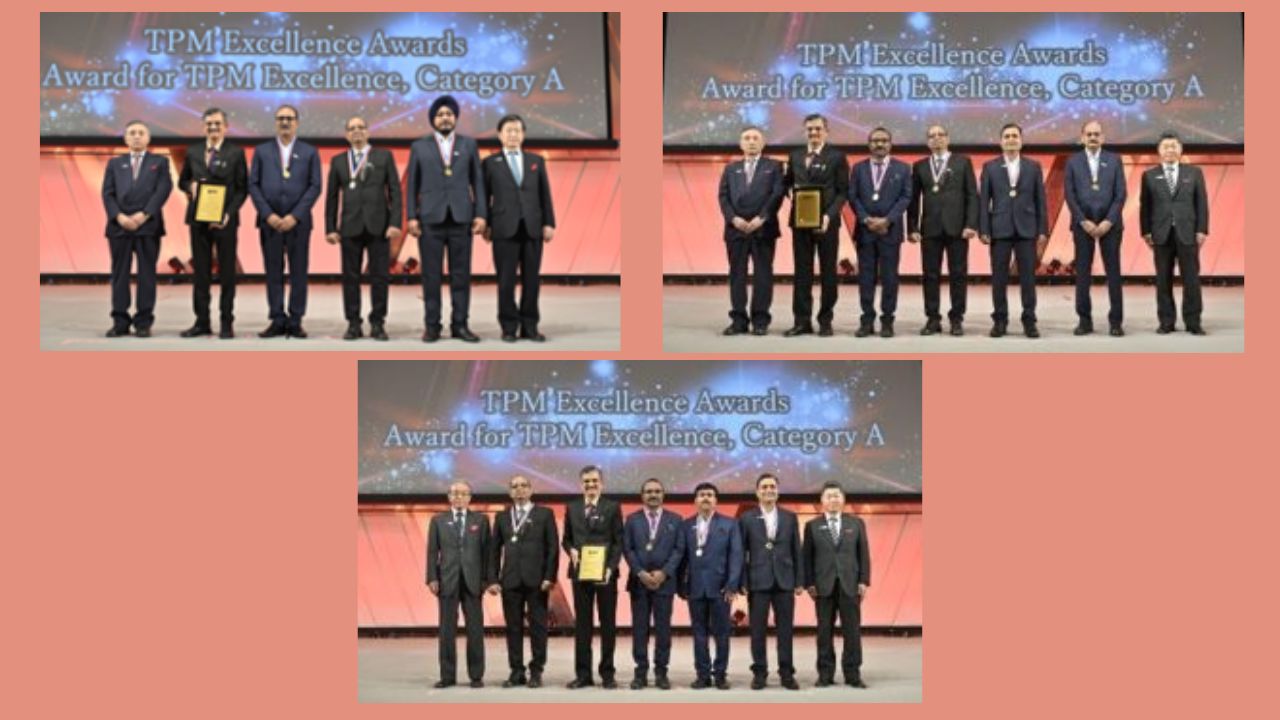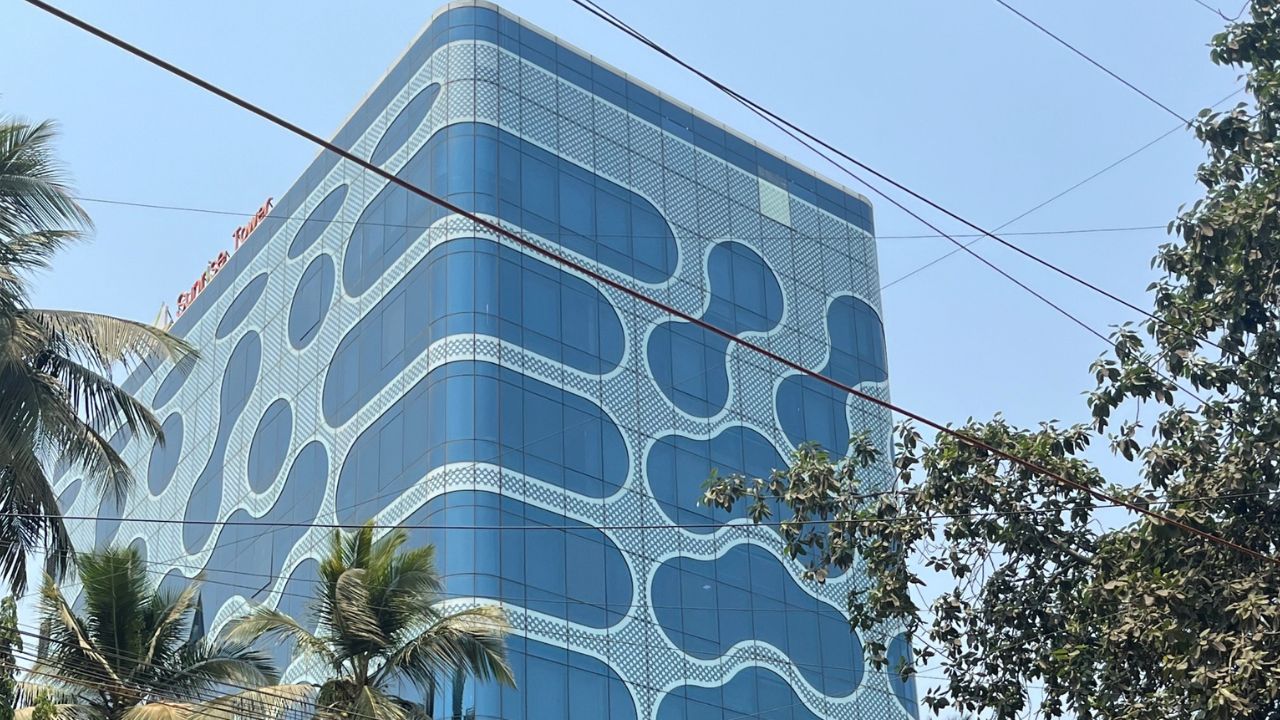Indian Manufacturing Industry Continues with Its Growth Streak in March 2024
#IndianManufacturing #PMI #ManufacturingPMI“Led by the strongest manufacturing output in nearly three-and-a-half years, the composite output index rose quickly. New orders rose at a faster pace than in the previous month, and within that both domestic and export orders showed improved vigour. Input prices grew at a faster pace in March, and all the increase was not passed on to output prices, leading to some softening in composite margins.” - Pranjul Bhandari, Chief India Economist, HSBC
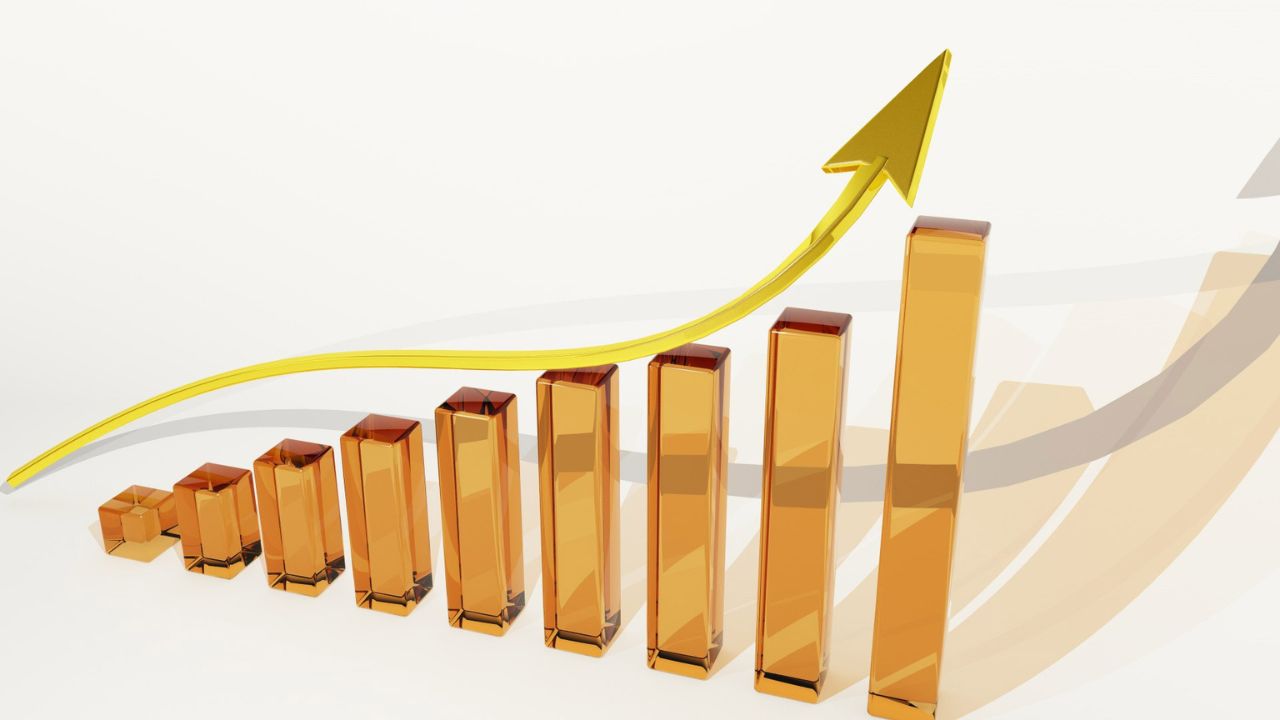
March 2024 : The HSBC Flash India PMI® data showed the strongest increase in private sector output for eight months during March, amid a pick-up in growth at goods producers. Buoyant demand conditions fuelled growth, with aggregate sales rising at a sharp and accelerated pace. The manufacturing industry led the upturn with the fastest expansions in factory orders and production in nearly three-and-a-half years.
Pressure on operating capacities intensified, highlighted by a quicker uptick in backlogs, which in turn supported job creation. Meanwhile, favourable demand trends pushed inflationary pressures higher, with both input costs and output charges increasing to greater extents.
At 61.3 in March, the headline HSBC Flash India Composite PMI* Output Index – a seasonally adjusted index that measures the month-on-month change in the combined output of India’s manufacturing and service sectors – was inside growth territory for the thirty-second month running. Moreover, rising from 60.6 in February, the latest figure indicated a sharp rate of expansion that was the strongest since July 2023.
Service providers noted a sharp increase in business activity that was broadly similar to February, while manufacturers recorded the strongest upturn in production since October 2020. According to survey participants, efficiency gains and robust consumer appetite, alongside investment in technology and favourable market conditions, spurred sales.
New business intakes at the composite level rose for the thirty-second straight month in March. The pace of growth was substantial and stronger than that recorded in February. As was the case for output, goods producers led the upturn in sales with the fastest expansion in nearly three-and-a-half years.
Pranjul Bhandari, Chief India Economist at HSBC, said, “Led by the strongest manufacturing output in nearly three-and-a-half years, the composite output index rose quickly. New orders rose at a faster pace than in the previous month, and within that both domestic and export orders showed improved vigour. Input prices grew at a faster pace in March, and all the increase was not passed on to output prices, leading to some softening in composite margins.” Total order volumes received a considerable boost from international sales. New export orders across the private sector expanded at the fastest pace in seven months, with quicker increases evident at both manufacturing firms and their services counterparts. Anecdotal evidence highlighted gains from Africa, Asia, Australia, Europe, the Middle East and the US.
Consistently robust increases in new business continued to exert pressure on spare capacity at Indian private sector companies. Orders pending completion rose for the twenty seventh successive month, and at the fastest pace in over a year-and-a-half.
Subsequently, businesses stepped up recruitment in March. The pace of job creation was moderate, albeit the strongest in six months. Employment increased at broadly similar rates in the manufacturing and service sectors. In addition to investing in greater workforce numbers, Indian manufacturers scaled up input purchasing in March. Buying levels rose at a substantial pace that was the strongest in nine months. This aided firms’ restocking efforts, with input inventories expanding at the fastest rate since May 2023.
Private sector companies in India recorded a pick-up in price pressures during March, with both input costs and output charges increasing at stronger rates. Amid reports of higher prices for food, metals and plastics, overall cost burdens rose to the greatest extent in seven months. Anecdotal evidence also highlighted labour and transportation costs as sources of inflation. Rates of increase at manufacturers and service providers were at five- and seven-month highs respectively.
In line with the trend for input costs, services companies signalled a faster increase in output prices than goods producers. Charge inflation slipped to a 13-month low in the manufacturing industry, but quickened to an 80-month high in the service economy. At the composite level, the latest rise was marked and the fastest since last October. The Flash PMI survey pointed to a renewed improvement in business optimism during March. Underpinning greater positivity were expectations that marketing efforts will bear fruit and that economic conditions will remain conducive to growth. New client enquiries and projects in the pipeline also boosted business sentiment. Goods producers were more upbeat about the year-ahead outlook than service providers, as has been the case since last November.
NEWSLETTER
TRENDING ON PRO MFG
MORE FROM THE SECTION




